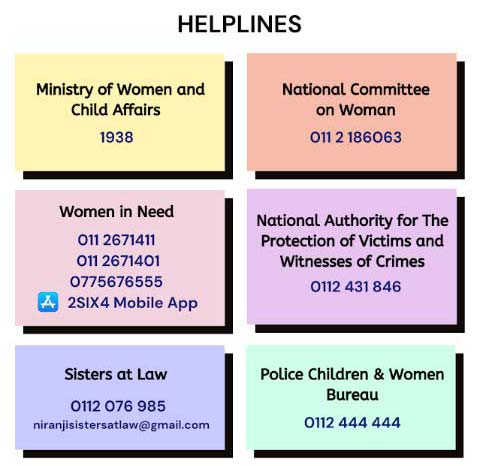Sexual Consent
What is consent?
Sexual consent is an agreement to participate in a sexual activity. Before being sexual with someone, you need to know if they want to be sexual with you too. It’s also important to be honest with your partner about what you want and don’t want.
Consent is an ongoing process of discussing boundaries, what you’re comfortable with and respecting those of your partner and checking in if things aren’t clear. Both people must agree to sex every single time, for it to be consensual.
Without consent, sexual activity (including oral sex, genital touching, and vaginal or anal penetration) is sexual assault or rape.
Can you can change your mind at any time?
You can withdraw consent at any point if you feel uncomfortable. One way to do this is to clearly communicate to your partner that you are no longer comfortable with this activity and wish to stop.
Withdrawing consent can sometimes be challenging or difficult to do verbally, so non-verbal cues can also be used to convey this. The best way to ensure that all parties are comfortable with any sexual activity is to talk about it, check in periodically, and make sure everyone involved consents before escalating or changing activities.
Consent is never implied by things like your past behavior, what you wear, or where you go. Sexual consent is always clearly communicated — there should be no question or mystery. Silence is not consent.
Couples who’ve had sex before or even ones who’ve been together for a long time also need to consent before sex — every time.
What is sexual assault?
Sexual assault can take many different forms, but one thing remains the same: it’s never the victim’s fault.
The term sexual assault refers to sexual contact or behavior that occurs without explicit consent of the victim. Some forms of sexual assault include:
- Attempted rape
- Fondling or unwanted sexual touching
- Forcing a victim to perform sexual acts, such as oral sex or penetrating the perpetrator’s body
- Penetration of the victim’s body, also known as rape
What is rape?
Rape is a form of sexual assault, but not all sexual assault is rape. The term rape is often used as a legal definition to specifically include sexual penetration without consent.
.png)



